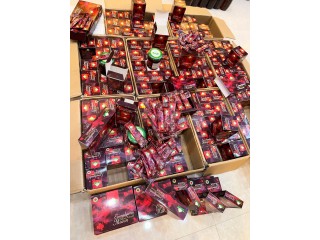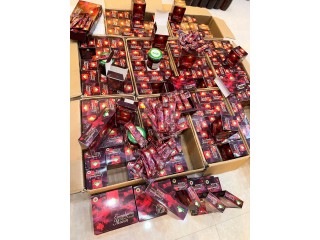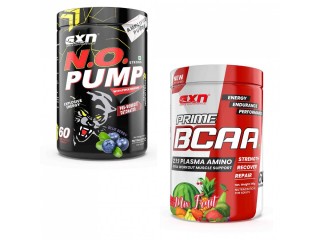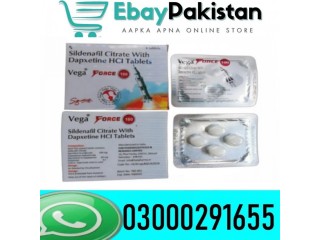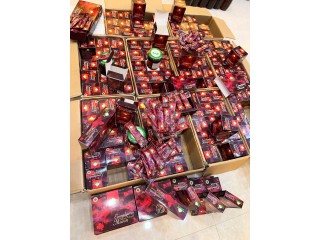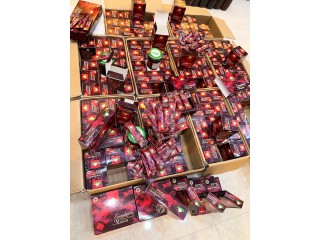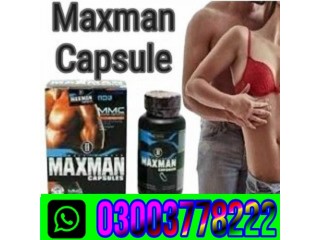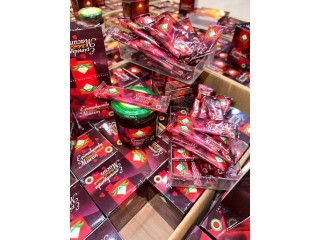What's New With Nonwovens in the Medical Industry? Private
3 years ago - Fashion, Home & Garden - Barddhamān - 197 viewsThe utilization of medical nonwoven fabric has outpaced woven materials in recent years. Even when traced back to their rapid adoption during WWII, nonwovens were proven to be superior products in terms of adaptability, disposability, cost, and effectiveness. Manufacturing technology improved in the following decades until current-day use of nonwovens has placed them in a position to dominate the medical textile industry.
What is SMS Material?
“SMS” stands for spunbond meltblown spunbond. SMS non woven fabric is a type of nonwoven fabric that combines spunbond and meltblown fabrics.When SMS material is created, it has great water repelling capabilities. This is why manufacturers choose to use SMS material in things like face masks, parts of baby diapers, sanitary napkins, and janitorial coveralls. It’s also used for caps, gowns, beddings, and other hospital accessories.
Why Combine Spunbond with Meltblown?
Spunbond polypropylene is a material that has great durability and strength, no matter if it’s wet or dry. It’s very resistant to fraying and is difficult to unravel, plus it barely absorbs any moisture if it becomes wet.
Meltblown, on the other hand, is softer and more pliable than spun bond polypropylene. Their main advantage is their web strength, which is why they’re usually combined with other nonwoven fibers. While spun bond polypropylene has its advantages, it can feel stiff and uncomfortable when it’s put in everyday applications such as coveralls.Since meltblown has a webbed structure and is softer, when you combine these two nonwoven fibers, it provides the wearer with water resistance while still retaining comfort. It’s also breathable, so even if you’re covered from head to toe (as with coveralls), your comfort won’t be compromised.
Basically there are two types of nonwoven fabric: durable and disposal. Around 60% of nonwoven fabric is durable and the other 40% is disposal. These specialty fabrics are engineered to provide specific functions such as absorbency, sterility, liquid repellency, resilience, stretch, softness, strength, flame retardancy, cushioning, thermal insulation, acoustic insulation, and filtration. These properties are often combined to create fabrics suited for specific jobs while achieving a good balance between product use-life and cost. There are many kinds of it, such as non-woven fabrics for clothing, non-woven fabrics for packaging, and so on.
Non-woven fabric, is made of oriented or random fibers. It is a new generation of environmentally friendly materials. It is moisture-proof, breathable, flexible, light, non-combustible, easy to decompose, non-toxic and non-irritating, rich in color, and price. Low cost, recyclable, and so on. For example, polypropylene (pp material) pellets are used as raw materials, which are produced by high-temperature melting, spinning, paving, and hot-rolling and continuous one-step process. It is called cloth because it has the appearance and some properties of the cloth.
Therefore, in the non-woven fabric, S, SS,SSS, SMS mean the following:
S: spunbonded non-woven fabric = hot-rolled single-layer web;
SS: spunbonded nonwoven fabric + spunbonded nonwoven fabric = hot rolled from two layers of web;
SSS: spunbonded nonwoven fabric + spunbonded nonwoven fabric + spunbonded nonwoven fabric= hot rolled from three layers of web;
SMS: spunbond non-woven fabric + meltblown non-woven fabric + spunbond non-woven fabric = three-layer fiber mesh hot rolled
S and SS non woven fabric are mainly used for furniture, agriculture, hygenic products, and packaging products. And SMS nonwoven fabric is mainly for medical products, like surgical gowns. We are now exporting these non-woven fabrics to different countries in the world.

